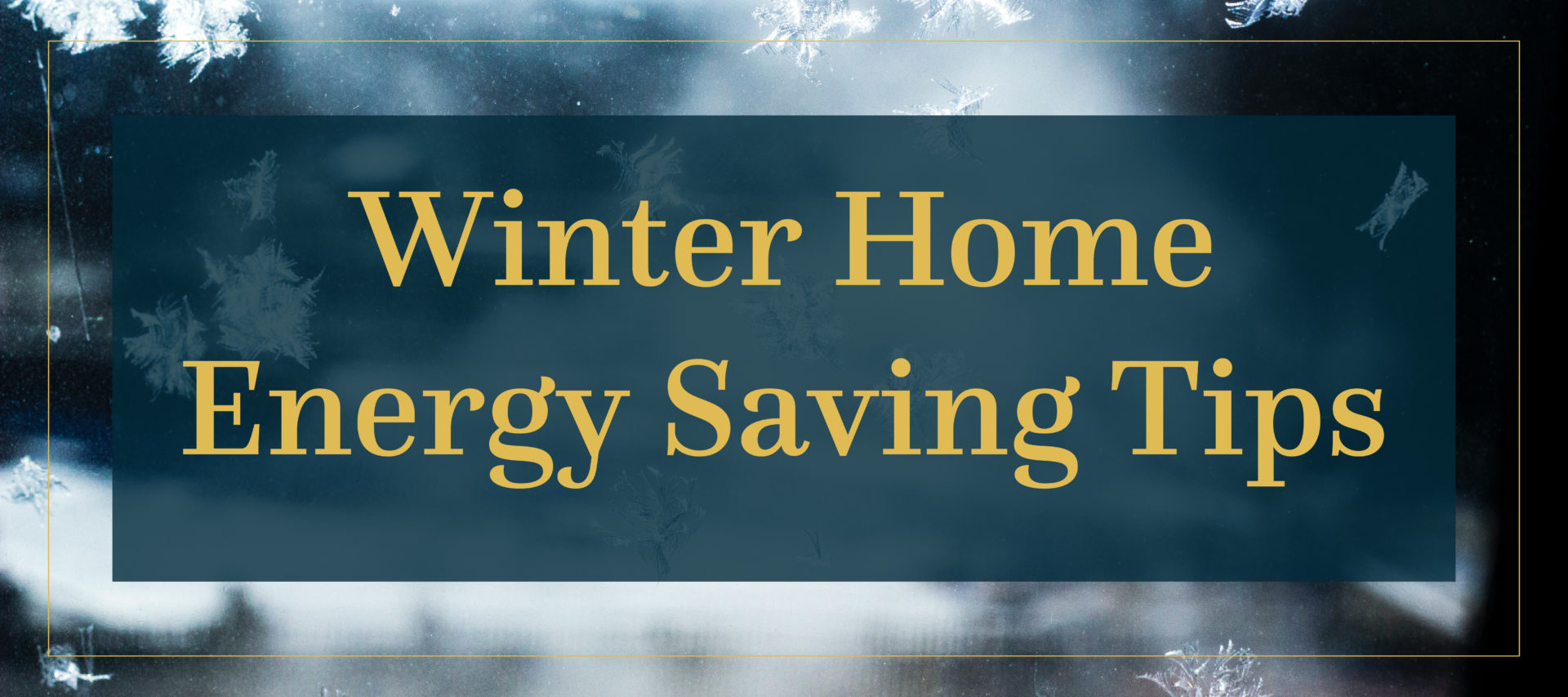Winter Home Energy Saving Tips
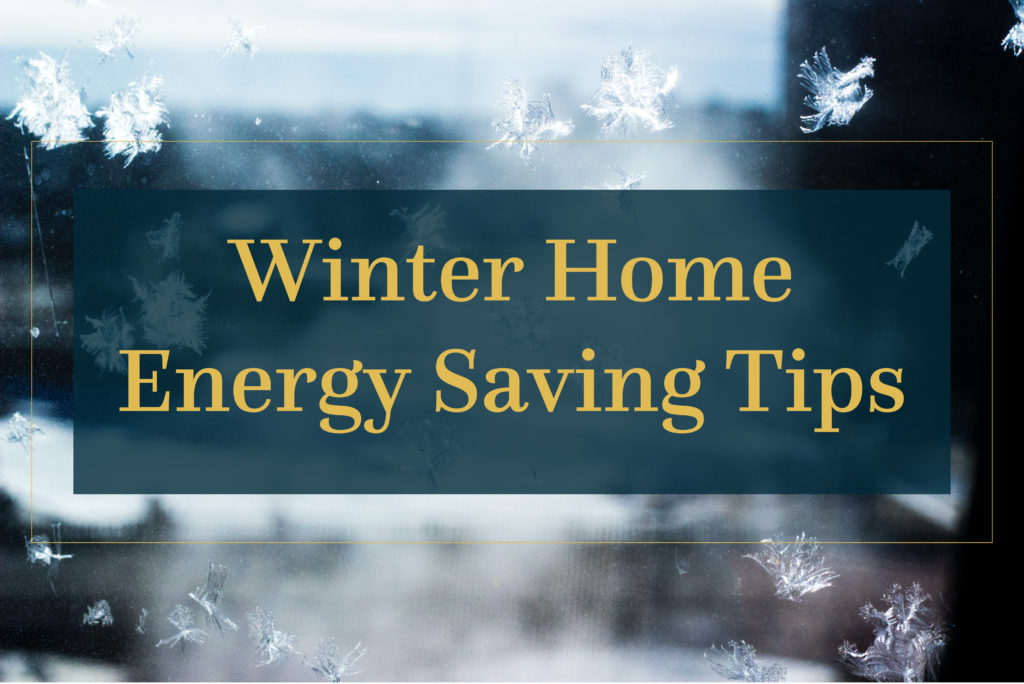
Cool, crisp weather has arrived here to Upstate New York. With both falling snow and falling temperatures, homeowners have begun to turn their attentions to finishing raking leaves, covering lawn ornaments, and putting away lawnmowers and other outdoor equipment. These yearly yard-maintenance rituals help prepare homeowners for the inevitable snow that will blanket the area over the coming months. When the outside tasks are completed, homeowners should consider turning their attention indoors to prepare their home for winter as well.
Preparing your home for winter has many benefits, from keeping you warm and comfortable inside to reducing your energy bill all season long. A well-cared-for home should be optimized for saving energy, yet maintaining comfortability throughout the year. No one wants a home that seeps precious, warm air out into the cold winter nights. Nor does anyone appreciate waking up to find that their windows have a strong, cold draft next to their beds – not to mention frozen pipes and other cold weather issues that can arise.
Take a look below at the many energy saving winter tips that you can utilize in your home!
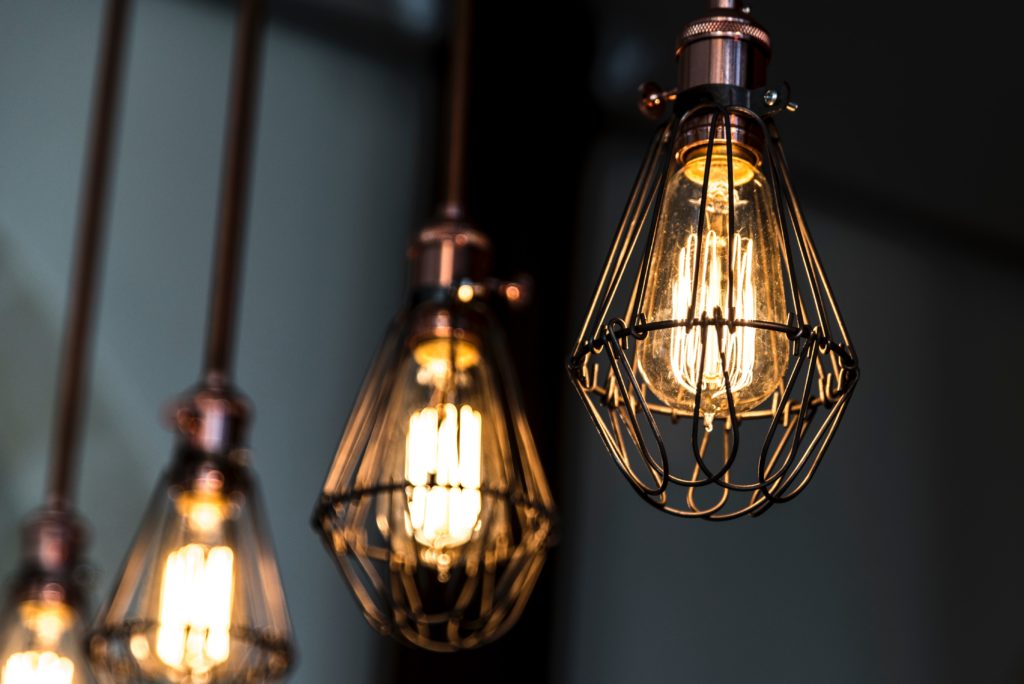
Upgrade Lighting – With colder weather comes less daylight – meaning more electricity is often used to illuminate the home. One of the best ways to counteract the need to use more electricity in artificial lighting during the winter is to install energy efficient lightbulbs. If your home is currently being lit with incandescent bulbs, consider switching to LEDs. These highly efficient bulbs use up to 90% less energy to use, as well as lasting significantly longer, than incandescent bulbs.
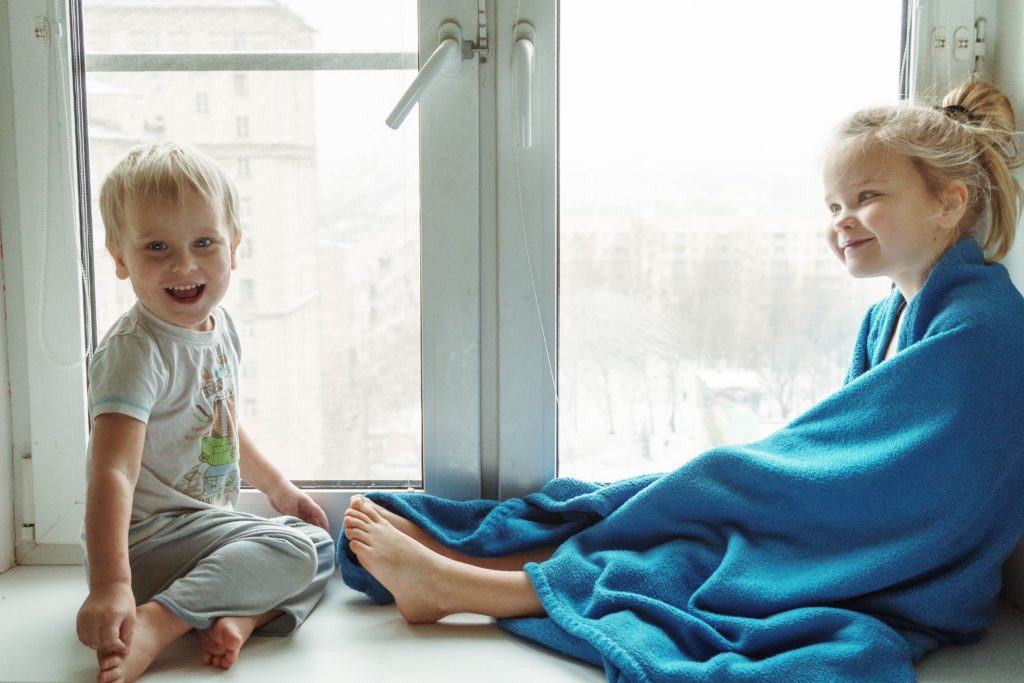
Sealing Away Drafts – Drafty windows are the bane of many homeowners’ existences, but taking care of the issue doesn’t have to be intimidating. In fact, there are several solutions that can help take care of this issue. First, make sure to keep your windows locked, so that they are seated as tightly into the frame as possible. If your windows still let in air even with the windows locked, weatherstripping can be applied to help tighten the seal. Then, consider dropping your shades and closing heavy curtains over problematic windows during frigid temperatures. When the sun is out, window covers can be opened again to let the natural warmth in.
Similarly, check doors for draftiness. Weatherstripping and new door sweeps can be installed to reduce air gaps around exterior doors. If more needs to be done, consider a door snake, which consists of a long tube willed with sand, that can be placed at the bottom of doors as well.
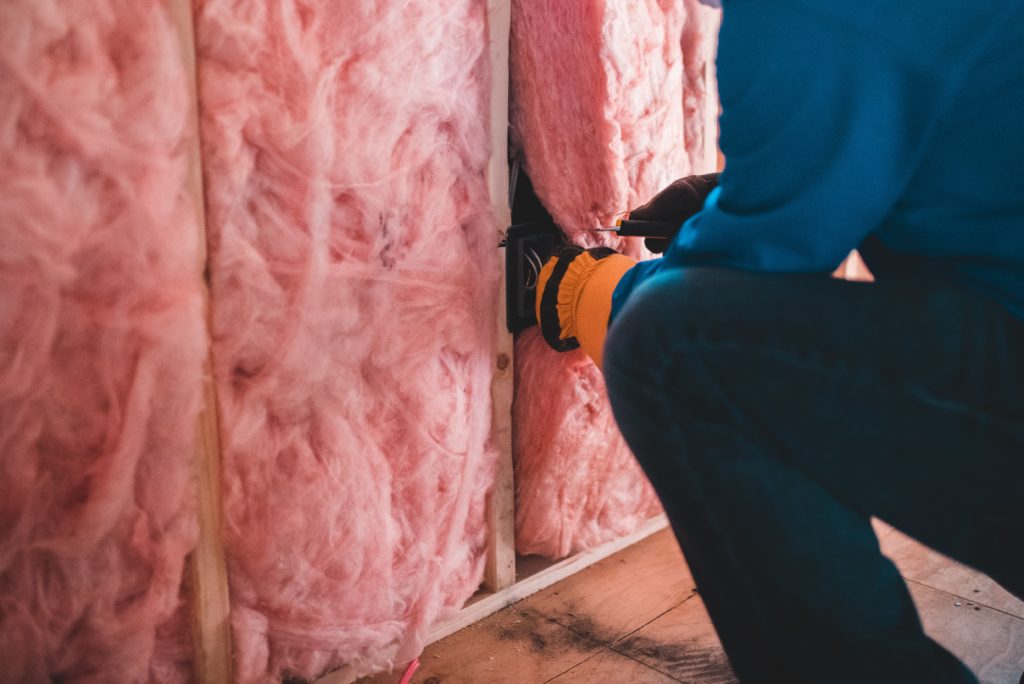
Beefing Up Insulation – If you own an older home, adding insulation can be an important way to help keep heat indoors during the winter. In fact, 25% of heat lost from your home occurs through the roof, so a focus on attic insulation can make a massive difference in energy efficiency, as well as reducing ice damming on your roof.
Make sure to check for gaps near chimneys, fans, lighting fixtures, exhausts, and pipes that lead to the attic. Caulk and weatherstripping can be used to fill in these gaps before insulation is added above. In Upstate New York, Energy Star guidelines recommend R49 to R60 insulation levels for an uninsulated attic.
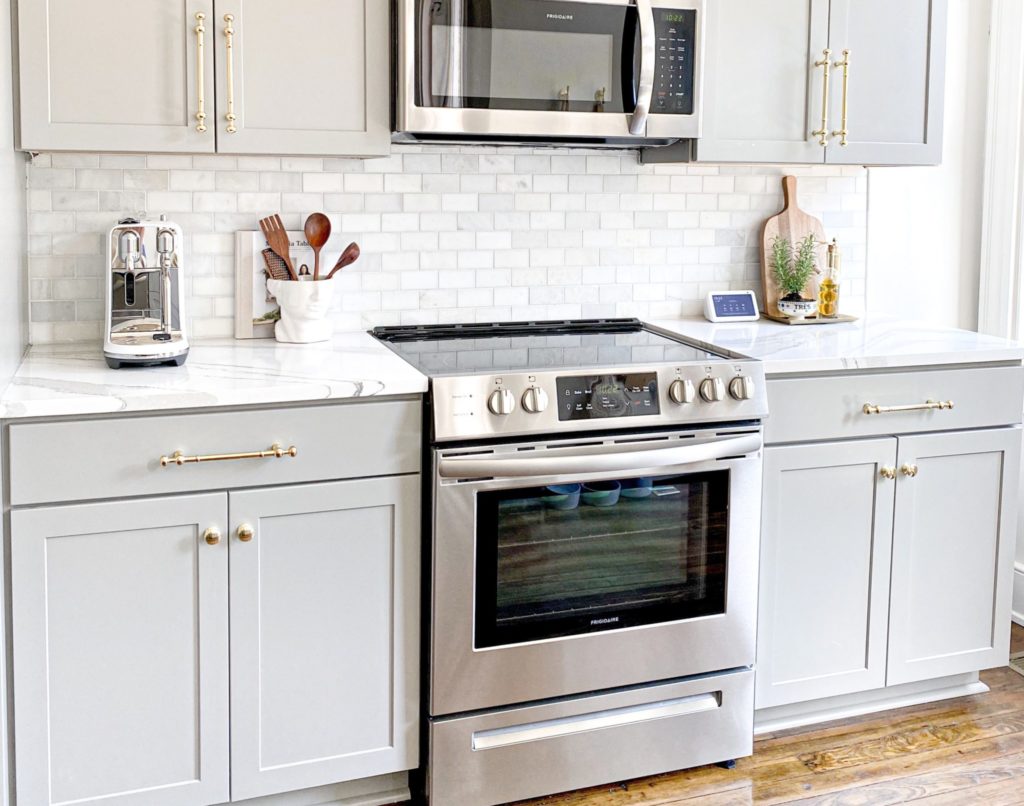
Energy Efficient Appliances – Is your fridge ENERGY STAR certified? Refrigerators use the most energy out of all kitchen appliances. Since they must be kept running at all times, it can be beneficial to find a model that conserves energy during those winter months when other household appliances are seeing more use and drawing more electricity than during the summertime. Side-by-side refrigerators, for instance, can use as much as 25% more energy than other models.
Newer washers and dryers can save on energy consumption as well. Front loading washers use less water and have more efficient motors, while ENERGY STAR certified dryers use about 20% less energy than other models as well.

Ceiling Fans – When the heater kicks on in your home, take a moment and switch your ceiling fan blade’s rotation. Switching the rotation to clockwise will help push the rising warm air back down across the room. While it may seem counterintuitive to run ceiling fans in the winter, setting your ceiling fan to a slow, clockwise rotation will help disperse warm air throughout your home.
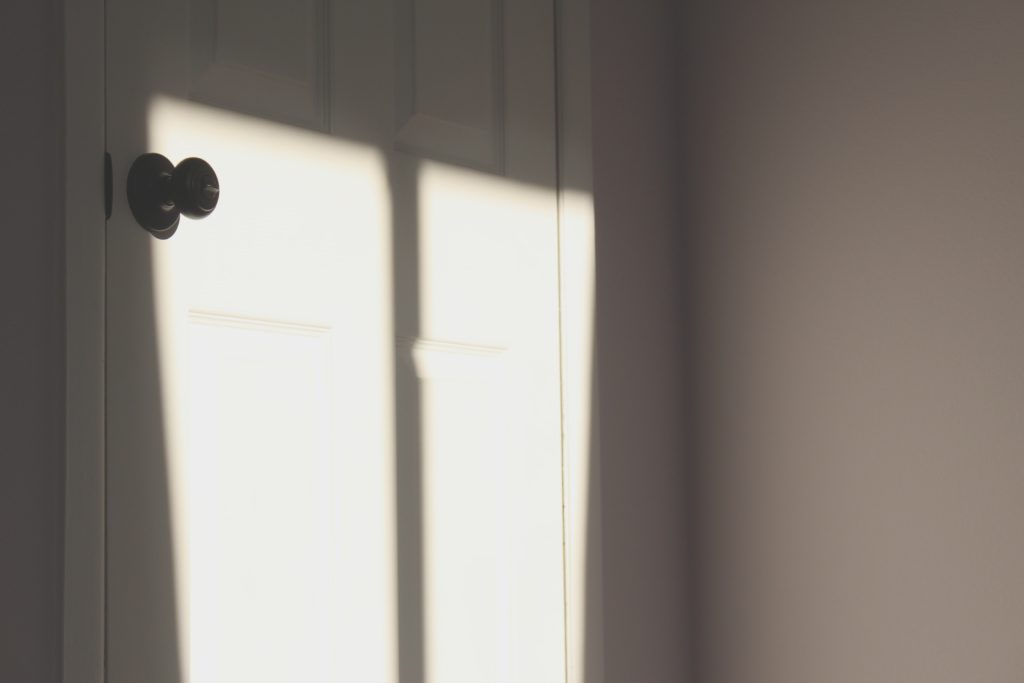
Close Doors – If there is an area of your house that often goes unused, consider closing the vents in those rooms and keeping the doors shut. This will reduce the amount of heat needed to keep the main areas of your house warm. Just make sure to reopen the vents in your guest bedroom if you are hosting friends and family this winter!
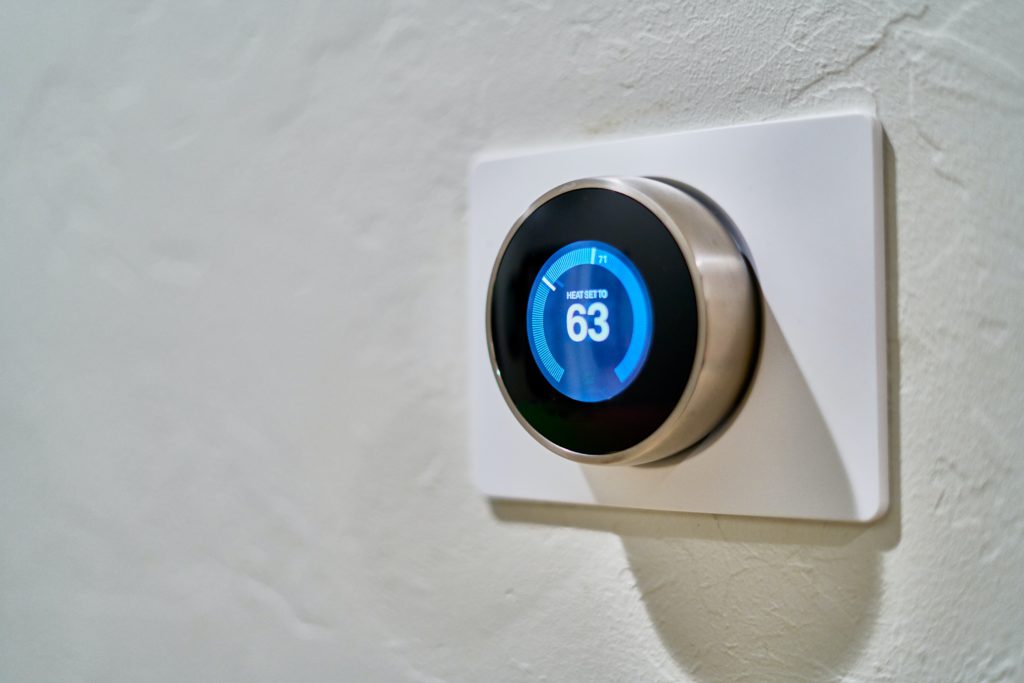
Smart Thermostats – Did you know that you can save up to 10% on your energy bill by turning down your thermostat by 10 degrees at night? While you are tucked into your covers, your heating system can slow down for a few hours with minimal effect or discomfort to occupants in the home. A great way to manage a fluctuating temperature schedule in your home is with a smart thermostat. Set to various temperatures throughout the day and night, a smart thermostat is ideal for reducing home heating and cooling costs.
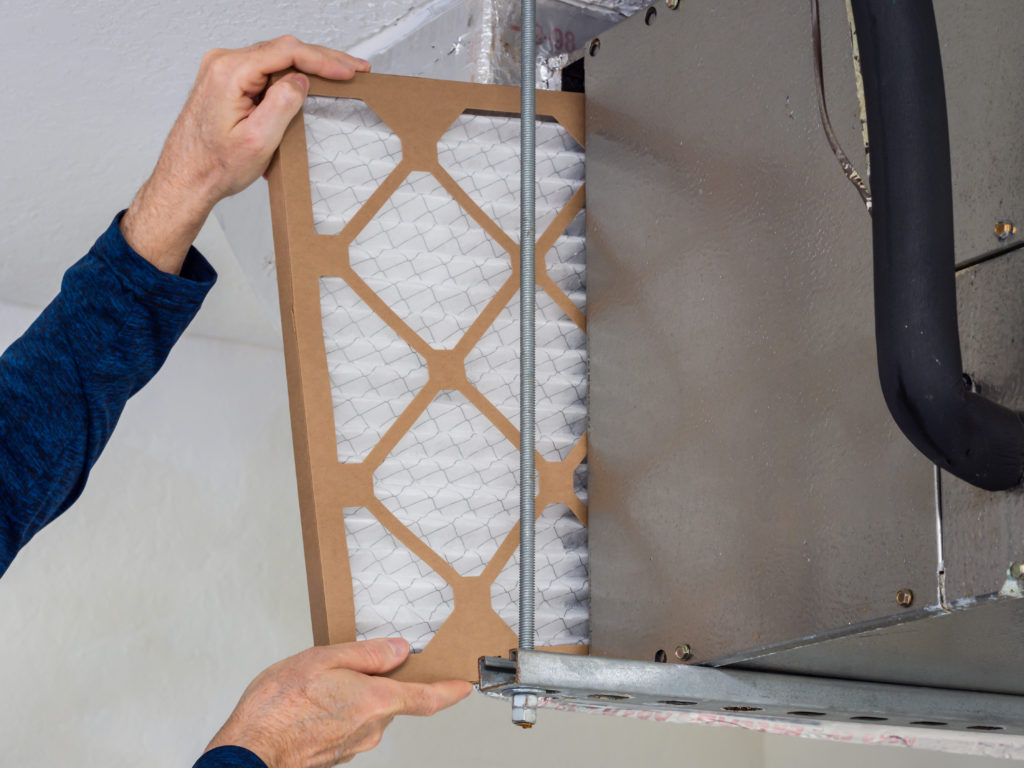
Furnace Filters – To ensure that your furnace isn’t working harder than it needs to to heat your home, keep spare filters on hand and inspect your furnace regularly to replace the filters as-needed. Many filters should be changed as often as every 90 days, depending on the style and thickness of the filter.

An Energy Audit – After making as many changes as possible to your home, you still may feel that your home is not as energy efficient as you had hoped. Consider talking to a professional! Energy auditors can conduct a blower door test, which tests for air leaking from your home. Armed with the information that an auditor can provide, you can feel confident on making any additional changes that your home may need.
About the Author
By: Rachel Valerio
Exclusive for JulieCoRealty.com

